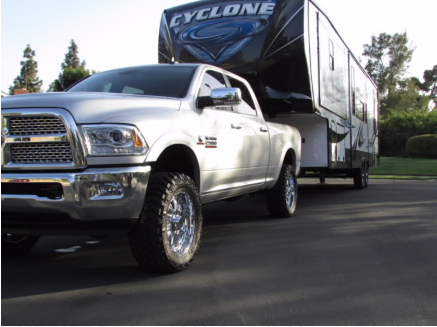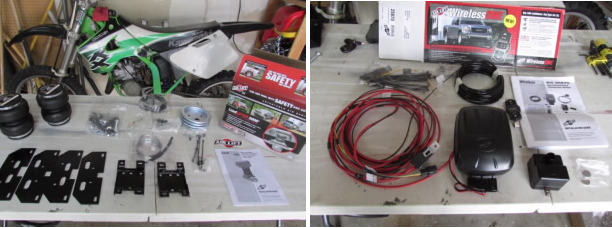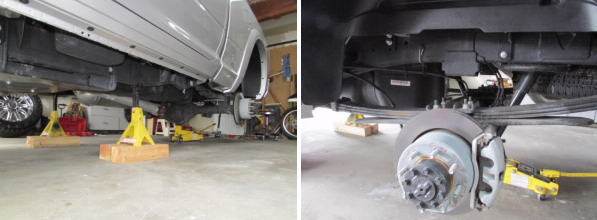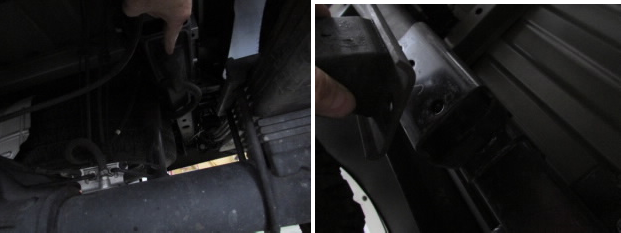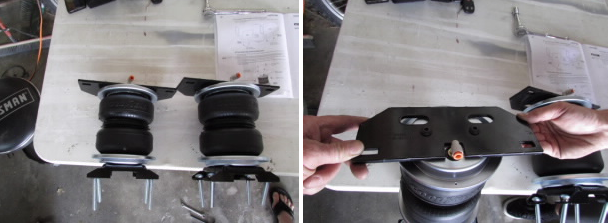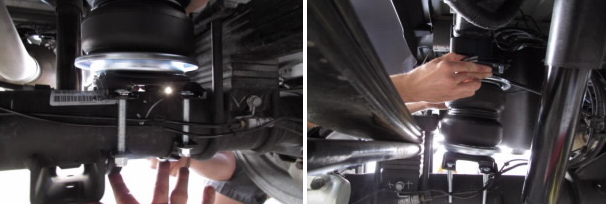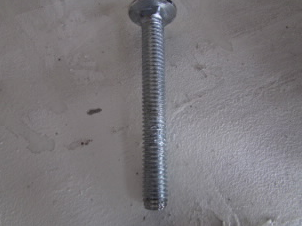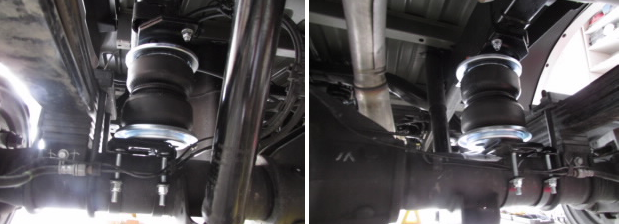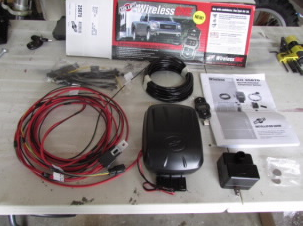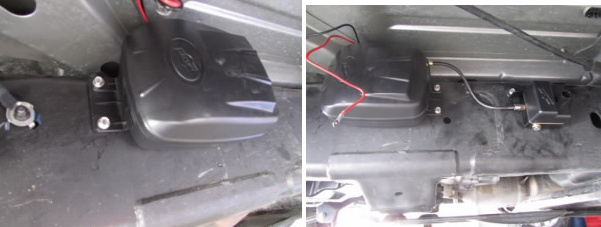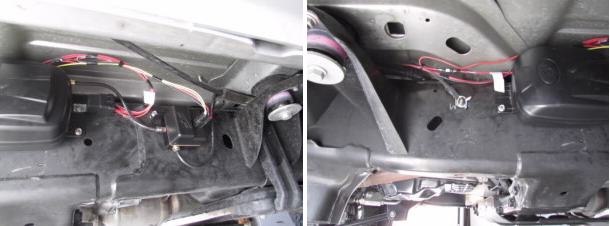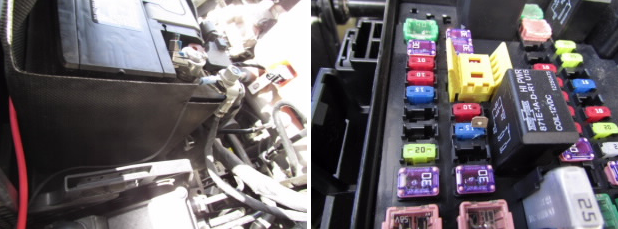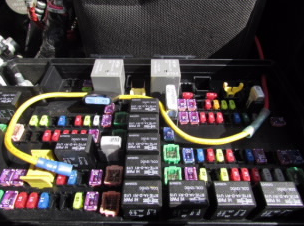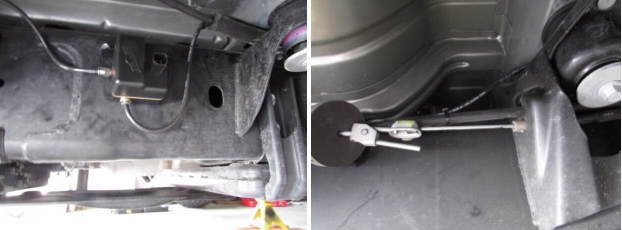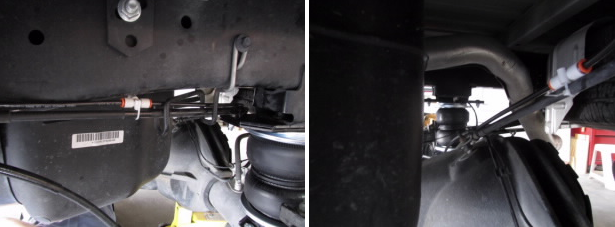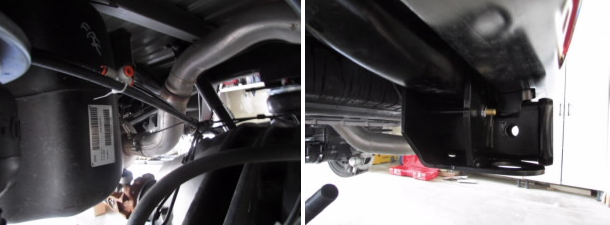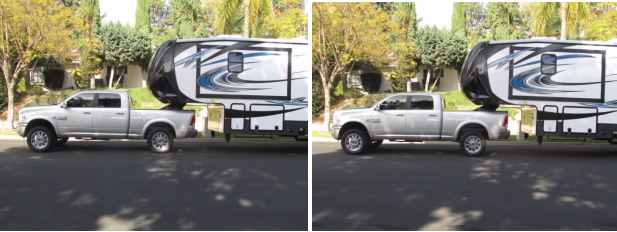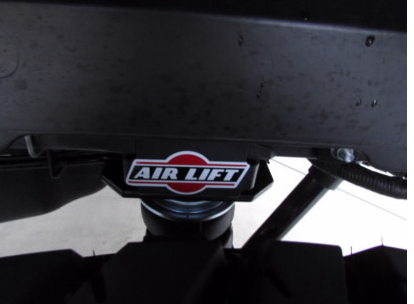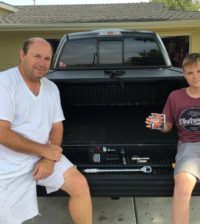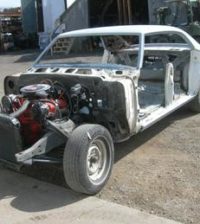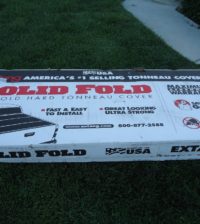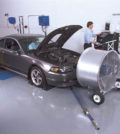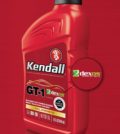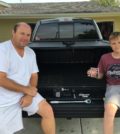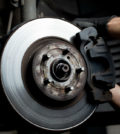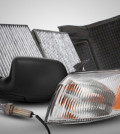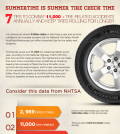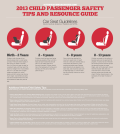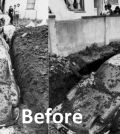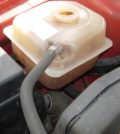- Summertime is Summer Tire Check Time: 7 Tips To Combat 11,000+ Tire-Related Accidents Annually — and Keep Tires Rolling for Longer
- 10 DIY Tips to Add Years to a Vehicle’s Life & Minimize Expensive Repairs
- Defensive Driving Tips to Avoid Costly Repairs As Wintery Driving Conditions Continue to Plague Roads
- AutoPartsWarehouse.com 2013 Child Passenger Safety Tips and Resource Guide
- Top Five Parts to Make Your Vehicle More Fuel Efficient
Review: Air Lift LoadLifter 5000
Project: Air Lift LoadLifter 5000 Installation
Vehicle: 2013 Dodge Ram 2500 Laramie 4×4 with 2” Pro Comp level kit, 20” XD HOSS, 305/55 R20 Nitto’s
Owner/Reviewer: Steve Maloof
Brand store: Air Lift on Auto Parts Warehouse
Overview
I am the proud owner of a 2013 Dodge Ram 2500 4×4, a truck that I did about of year of research before buying. I bought this truck with the intension of pulling my 38’ Cyclone Toyhauler. My Fifth Wheel trailer has a dry weight of 12,900, a Gross of 16,500 and a pin weight of around 3,000 lbs. I knew that this trailer would run close to the max limits for my truck when towing but I didn’t expect the amount of sag that I got when hooking up for the first time. The truck would probably not sag as much if I hadn’t put the leveling kit on the front, but I wanted the clearance for my aftermarket wheels and tires.
After hooking the trailer up for the first time I was not only unhappy with the look of the truck but I also knew this was not safe at all. When pulling any trailer, it is a must to have the connection be level between truck and trailer for safe braking. I then set out to research helper springs vs air bags and my first stop was at AutoPartsWarehouse.com. I have shopped there in the past and was very pleased with everything from the ease of their website and shopping to the speed of delivery. After looking through all my options I decided on the Air Lift LoadLifter 5000 with the Wireless ONE controller. The two packages arrived within a few days and I couldn’t wait to get started on the install!
First Impressions
The first thing I did was open both packages and read the directions to make sure I could handle the job, I felt confident that I could. First was the airbag install, as this seemed to be the easier of the two installs.
Installation
I came across my first challenge immediately. To mount the air bag you must jack up the truck high enough to get the wheels off the ground, support the frame and then lower the rear axle to have space for the bag to sit. My jack stands would not reach the frame of the 4X4 truck with larger wheels and tires. I ended up jacking up the truck from the rear axle then placing jack stands on blocks of wood to gain the extra few inches needed. I also removed the wheels to make it easier to access my work area.
Once I had the truck up and wheels off it was time to start. First task was to remove the jounce bumper bolted to the rear frame. This came off easily by backing out two bolts on each.
Next step was to pre-assemble each bag with brackets before placing on the truck. I felt confident when looking at the parts I knew how to put it together, so for my first attempt I did not follow the instructions. After putting them together I went under the truck to fit them in place, it looked good so I began bolting them on. After placing two bolts on the top I tried to put the clamps on the bottom and realized it wasn’t lining up. The shock mount was in the way causing the bag to be at an angle. I went back to the instructions and realized that there was an A, B, C hole placement and I would need to offset the bottom bracket. I had to take it all apart and start over.
After putting the assembly back together the proper way I moved onto the next step. I was concerned with the passenger side bolts on the bottom because the brake lines run along the axle and appear to be in the way. I learned from my earlier mistake and re-read the directions; they have an excellent illustration on how the bolts should go. It worked perfect.
After getting the top bolted in and moving onto the bottom bolts I came across a carriage bolt that came with the kit had flawed threads and I could not get a bolt on it. Unfortunately it was in a place where I couldn’t get it out without unbolting the whole assembly to get it out. A few minutes later I got it out and headed to the hardware store for a new bolt.
With the carriage bolt replaced I was able to easily complete the install by placing the remaining bottom curved brackets under the rear axle and securing them with washers and nuts provided.
The next step with the airbag kit is to install the air lines however I will be installing the Wireless One kit from AIRLIFT and will use the lines provided with it.
After reading the instructions I began by laying out the wiring harness to determine where my best option was to mount the compressor, solenoid and ground wires. The instructions called for a place that will not get wet or see excessive road wear but also be as close to power source as possible. With a second battery and Heavy Duty towing options there is absolutely no space under the hood to mount the system so I opted for the frame rail under the truck on the driver’s side directly under the driver door. There is a flat area with a ground wire already drilled in. With this mounting location I will need to be very careful not to submerge the compressor in water. If I was going to launch a boat from a ramp this would not be an ideal location because the undercarriage usually would be under water. Below is a couple pics of my mounting location.
Once the compressor and solenoid were mounted I ran the ground wire from the compressor directly to the ground next to the unit and connected the power wire to the harness provided. From there I ran the power wire and ground from the harness along the frame up to the engine compartment and connected the ground directly to the negative post on the battery. To connect the power I had to test several fuses within my fuse box to find one that only powered on during accessory power and not constant. Once I selected the fuse I would use I pulled that fuse and placed the provided adapter and replaced the fuse. Be sure to place the adapter on the proper side of the fuse, test both sides where the fuse plugs in. Only one side will come on with accessory power turned on.
After the fuse adapter was on I drilled a small hole in the fuse box to run the provided inline fuse through. Then it was time to connect the power line to the inline fuse and then connect that to the new adapter I placed on the trucks existing fuse. I now have completed the electrical install and only need to run my air lines.
I started from the solenoid and ran the airline along the frame rail with the brake lines already running to where I wanted to go. The connections were easy and I made sure when I cut the line the cuts were straight as the directions requested. I ran the airline to the driver side rear first and placed a provided “T” union prior to that bag assembly. From that “T” I continued on to the driver side rear bag and connected to the fitting already installed. From the other side of the “T” I started another line over to the passenger side rear bag and placed a second “T” about 12” into that line. That allowed me to continue over to the passenger side but also start another airline to the rear bumper of the truck so that I could install an inflation valve to manually fill bags if necessary. I used the inflation valve provided with the Air Lift 5000 kit that I had already installed. The airline for the inflation valve ran along the wiring harness for my trailer electrical. I drilled a hole in the trailer hitch to mount the inflation valve.
After the Install was done I took the truck out to test it. As soon as I turned the truck on the compressor started and filled the bags to the minimum setting of 5psi. Success! I used the wireless remote with the kit and tested a few settings to make sure the bags inflated and deflated accordingly. Everything worked perfect! After checking for any leaks I hooked up the truck to my trailer to determine what psi would level my truck/trailer connection. I found that 80-90 psi achieved my desired ride height for safe towing and braking. This was also exactly what the manual for the Air Lift system recommended for the weight I added to the bed of my truck. The pictures below show the bags without air and then inflated to 90 psi.
The Bottom Line
After testing the system and finding my desired settings it was time to take a test drive. I found that 90psi would give me the 3” I needed to level the truck. I immediately noticed a difference as I pulled away. My truck didn’t feel like I was on an uphill grade even on level ground as it did before. I drove the truck for several miles in stop and go traffic as well as at freeway speed. I used the wireless remote to deflate the system and re-inflate as I was driving to compare. I was more than happy with the ride. Prior to the Air Lift install I had a lot of “jerking” from the trailer when I would hit bumps in the road and also when braking. Having the bags inflated and the truck level made a HUGE difference. My wife said it felt like we weren’t even towing!
I had been concerned about the “jerking” that I would get while towing because I knew it could not be good for my transmission and suspension. Now that the Air Lift System is installed and the ride is smooth I feel confident in saying I have prevented some costly repairs and extended the life of my truck. Overall I can say the Air Lift System exceeding my expectations and I would recommend it to anyone who tows. Below is a video that shows the Air Lift installed.
Video:

